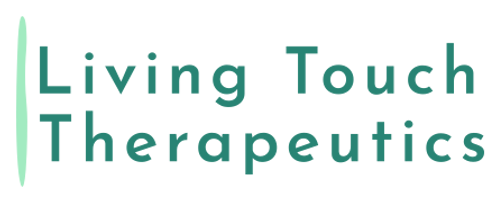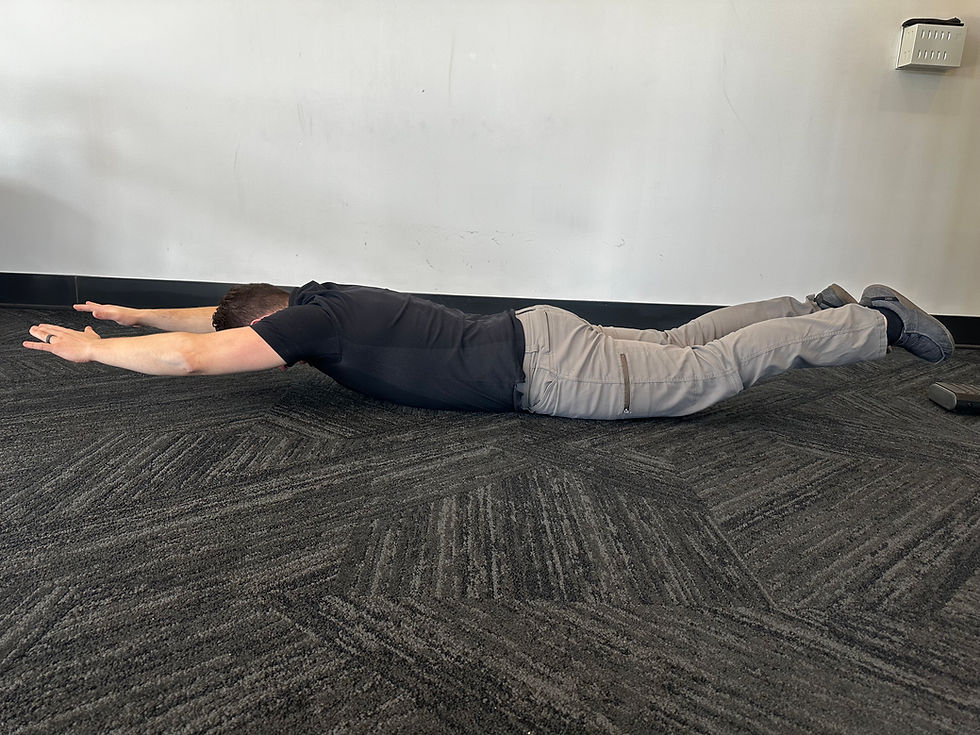Y's Exercise
- Benjamin Mishleau
- Jan 29
- 2 min read
Updated: Feb 20
The Y raise exercise originates from physical therapy and strength training, particularly for shoulder health and posture correction. Part of the "TYI" series, it targets the lower trapezius, rhomboids, and rear deltoids to improve scapular stability and counteract poor posture. Originally used in rehabilitation for overhead athletes, it has since become a staple in injury prevention and corrective exercise programs.
Purpose: The Y’s exercise is a shoulder and upper back strengthening movement designed to improve posture, scapular stability, and mobility. It targets the muscles responsible for maintaining proper shoulder alignment and reducing the risk of injuries, making it beneficial for athletes, desk workers, and those recovering from shoulder issues.
Target Areas: Lower trapezius, rhomboids, rear deltoids, and rotator cuff muscles.
Instructions:
Lie face down on the floor or a bench.
Extend your arms forward in a "Y" shape with thumbs pointing up. Engage your core and keep your neck in a neutral position.
Lift your arms upward toward the ceiling while keeping them straight, forming a Y shape.
Squeeze your shoulder blades together at the top of the movement.
Hold for 1–2 seconds, then slowly lower your arms back to the starting position.
Perform 10–15 repetitions for 2–3 sets.
Tips:
Move slowly and with control, avoiding momentum.
Focus on squeezing your shoulder blades together rather than shrugging your shoulders.
Who Should Do the Y Exercise?
The Y exercise is beneficial for a wide range of individuals, particularly those looking to improve shoulder health, posture, and upper back strength. It is ideal for:
Athletes: Especially overhead athletes like swimmers, baseball players, and weightlifters who need strong and stable shoulders.
Desk Workers: Those who spend long hours sitting and experience forward-rounded posture or upper back tension.
Individuals Recovering from Shoulder Injuries: It can aid in shoulder rehabilitation and stability.
People with Poor Posture: Strengthening the lower traps and upper back helps correct slouched shoulders.
Older Adults: Helps maintain shoulder mobility and reduces the risk of postural imbalances.
Who Should Avoid the Y Exercise?
While generally safe, some individuals should modify or avoid the Y exercise:
Those with Acute Shoulder Pain or Injury: If you have a rotator cuff tear, impingement, or severe shoulder instability, this exercise may worsen symptoms unless advised by a professional.
People with Limited Shoulder Mobility: If raising the arms overhead causes pain or discomfort, modifications may be necessary.
Individuals with Neck Issues: If lying prone or extending the arms overhead strains the neck, adjustments should be made to avoid discomfort.
If It Causes Pain: If in doubt, if it causes pain, don't do it.









Comments